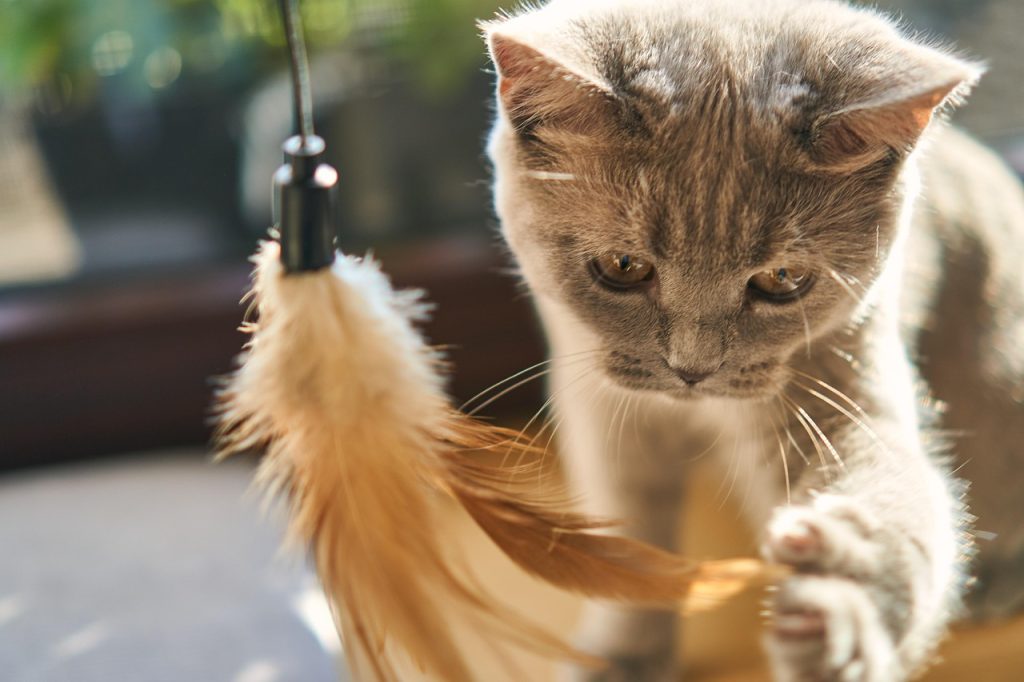Socialization training is essential for a cat’s mental and physical well-being, and for building a harmonious relationship with humans.
Below is a comprehensive guide to effective cat socialization techniques.

-
Basic Cognitive Training for Cats
1. Name Recognition
① Choose a name with repeated or strong sounds.
Avoid using multiple different names to refer to your cat. A two-syllable name is generally easier for cats to remember than a longer three-syllable one.② Use the name consistently during positive interactions.
Call your cat’s name frequently during feeding times or play sessions. Repeating their name in enjoyable situations helps your cat form a positive association with it.2. Getting Comfortable with Touch and Handling
Spend at least 10 minutes a day gently petting your cat’s entire body—this includes the eyes, ears, belly, paws, and tail. The goal is to help your cat get used to being handled in all areas, making grooming, vet visits, and cuddling much easier in the future.
The earlier you start (especially with kittens), the better. -
Behavior Training for Cats
1. Teaching Your Cat to Shake Paws
Prepare a treat your cat loves and let them sniff it first. When your cat is sitting, gently lift one of their front paws while giving a clear verbal cue like “shake”. Immediately reward them with the treat.
Practice this 3–5 times a day at consistent times to help your cat build a positive association and form a conditioned reflex.2. Preventing Biting Behavior
① Use toys like feather wands or teaser sticks to play with your kitten—avoid using your hands directly, as this can teach the cat to see hands as toys. If your cat bites you, immediately make a “hiss” sound or say a firm “No!” to show that the behavior is unacceptable.
② If your cat continues to bite your hand, you can respond with a mild and safe correction such as gently nibbling their ear or lightly tapping their nose. Be careful with pressure—too rough may cause fear or resentment.

-
Environmental Desensitization Training for Cats
1. Reducing Fear of Loud Noises
In the areas where your cat spends most of its time, gradually introduce everyday household noises using appliances like hair dryers or vacuum cleaners.
Start with low volume levels and observe your cat’s reactions. If your cat shows no major signs of stress, slowly increase the volume over time.
After each noise exposure, offer a treat reward to help your cat associate the sound with positive reinforcement.
This method helps reduce noise sensitivity and prevents sudden loud sounds from triggering stress or fear responses.2. Getting Comfortable with the Outdoors
Never force your cat to go outside.
Before outdoor training, place your cat’s favorite treats and toys inside the carrier so it becomes a safe, inviting space. Let your cat approach and explore it voluntarily.For your first trip outdoors, choose a quiet, calm location. Use a secure harness and leash to let your cat explore at their own pace.
Gradually transition to busier and noisier environments, always watching your cat’s behavior and comfort level.
This step-by-step approach helps your cat build confidence and adapt to outdoor stimuli.

